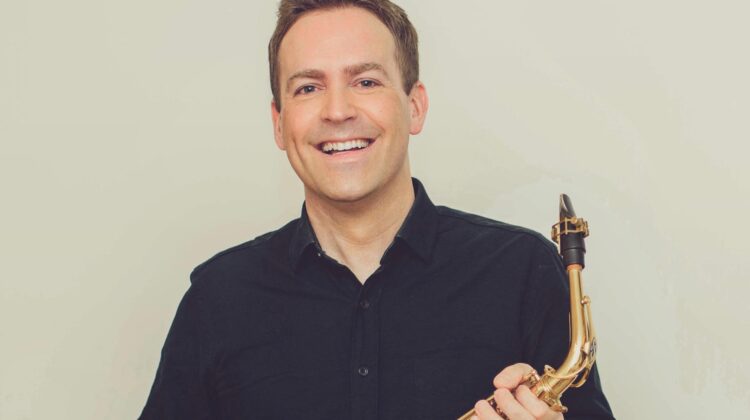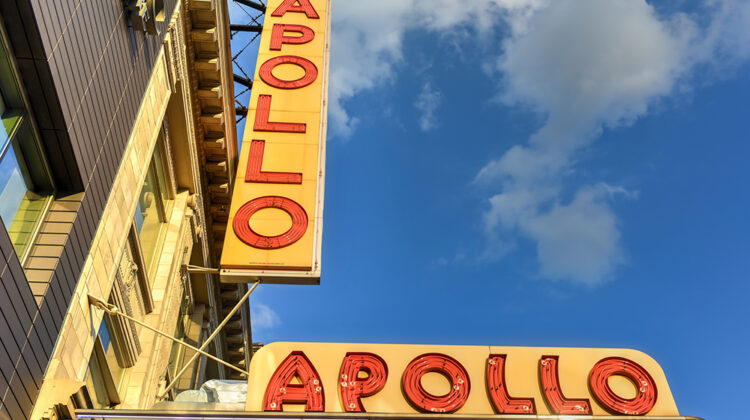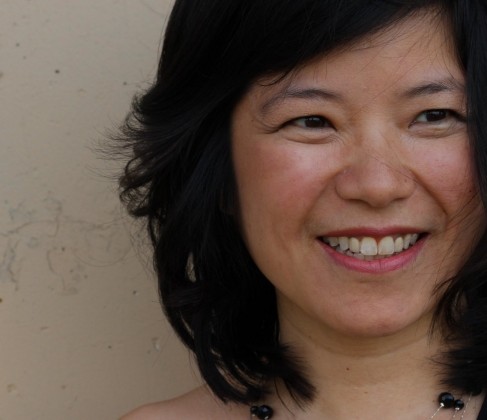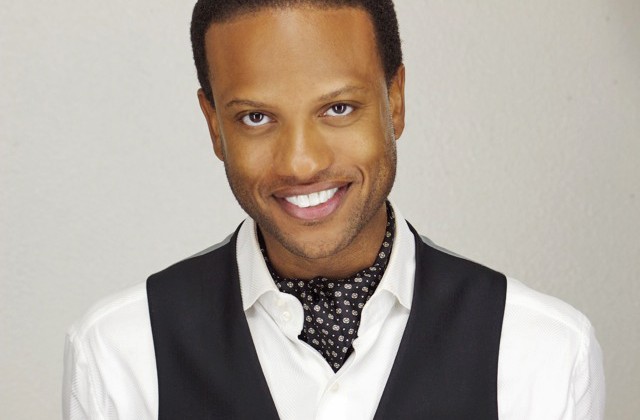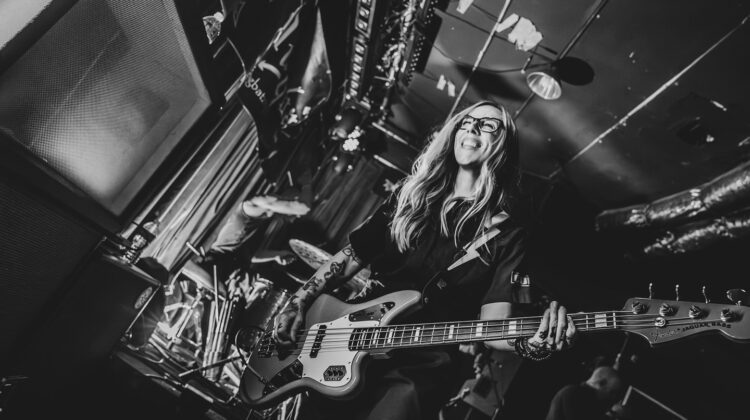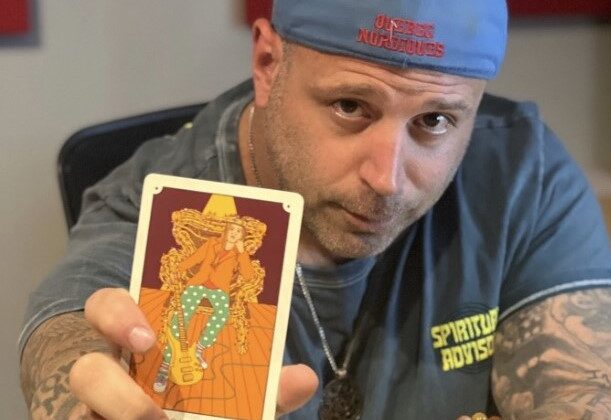By John Stevenson
Sonzeira: Brasil Bam Bam Bam, Gilles Peterson’s most recent recording project, is yet another product of his fascination with Brazilian music and culture. The album, recorded in Brazil, cuts across a wide swathe of styles and genres, fusing old-school sambas and jazz-funk and features the most exciting vocal talent available in Brazil. Sonzeira is the superb grouping of musicians and singers Gilles assembled in Rio de Janeiro. They include the stellar Seu Jorge, Marcos Valle, Kassin, Nana Vasconcelos, Lucas Santtana, Gabriel Moura, Mart’Nalia, Emanuelle Araujo, Arlindo Cruz, Wilson Das Nevas, Nina Miranda and samba queen Elza Soares. Among countless compilations of Brazilian music produced over the decades, Brasil Bam Bam Bam is certainly a one-off. Among the CD’s many highlights is Elza Soares’s haunting Tina Turner-meets-Shirley Horn rendition of ‘Aquarela do Brasil’; Mart’Nalia’s stunning interpretation of ‘Mystery of Man’ (a poem of Pope John Paul II which was also sung by Sarah Vaughan); and Seu Jorge’s ‘Um Toque’.
Ahead of the FIFA World Cup football action in Brazil this summer and the soccer fever in the air in the UK, this new CD definitely adds to the excitement. The recording will be launched on May 15th at Club Bam Bam Bam, Parker Street London, WC2B 5PW. (For further information and tickets, please visit www.musicglue.com/brownswood-music/)
John Stevenson spoke to Gilles Peterson recently about Sonzeira: Brasil Bam Bam Bam.
John Stevenson: How did you get into Brazilian music?
Gilles Peterson: It began when I was quite young, listening to pirate radio stations and the rare shows that played a bit of jazz and funk in London, like Robbie Vincent from Radio London who used to do a show every Saturday. I remember Gilberto Gil during doing tunes like Palco in the mid-80s George Duke, who made a record called Brazilian Love Affair (1979). I loved the disco track and bought the album. It included Milton Nascimento and Flora Purim and that kind of opened the door to Brazilian music and culture. From that point onwards I just started investigating.
 JS: How does this project update
JS: How does this project update
‘Gilles Peterson in
Brazil’ and
‘Gilles Peterson Back in Brazil’?
GP: Those were quite a bit later. When I was working at Talking Loud, which is one of my record labels, I was already a big fan of Brazilian music and so I put out a couple of albums then called Brazilika which involved trawling the Universal label’s archives and journeying to Brazil to have a dig around. I came to the realisation that that there was so much more music that never got out of Brazil. The country’s domestic market is huge – though not quite as big as the American or British one. A friend of mine called Joe Davis of Far Out fame used to go to Brazil and buy records really inexpensively and bring them back to Europe to sell them to all the DJs. He was partly responsible for all of us going deeper into Brazilian music.
JS: What makes Sonzeira: Brasil Bam Bam Bam different from your previous Brazil projects?
GP: It definitely represents a development for me because rather than being just a collector and a picker of tracks that I put on a compilation or a mix tape, I went over there to produce a record which is a whole different ball game. I had to get a studio, get a band and decide on the material we were going to perform. I already had a bit of practice because I did a couple of albums in Cuba which gave me the confidence to become a producer. Up until then I had been a A&R guy, a DJ, and a broadcaster, but I had not actually been behind the control desk. With Havana Cultura Club I was lucky because I hooked up with Roberto Fonseca who was a wonderful co-producer, an incredible guy and a great pianist, who had a real understanding of what my culture was as a DJ in the UK. I spoke with Marcos Valle earlier on and he was really happy to work on it together with people like Ed Motta (who actually didn’t appear on the record) and Elza Soares.
I’d met Elza a couple of times in London and I’m obviously a huge fan of hers. I was very fortunate to work with [Alexandre] Kassin of Orquestra Imperial. He got a great band together and a beautiful studio [Cia. dos Técnicos] near to Copacabana beach. We were in this great studio with a great spirit, great musicians and it was quite easy to get through what I wanted him to do; things like ‘Xibaba’ by Hermeto Pascoal and Airto Moreira – a proper hardcore jazz track. I did a great interview in O Globo and then other musicians started hearing about it, which gave me the opportunity to invite Nana Vasconcelos. Arlindo Cruz, who was actually recording next door to us walked in to our studio. He is a huge superstar. I was also able to get Mart’nalia on board. In fact, I wanted Mart’nalia to record with me because she’s not so well known in the UK and would also be a suitable replacement if 76-year old Elza Soares could not for any reason show up for her recording sessions. Amazingly, I managed to get Mart’nalia to sing in English and she sang a Sarah Vaughan song on the CD which I am really happy with. Another singer on the album was Emanuelle Araujo who I had actually listened to when I was in Brazil last September. I went to an Orquestra Imperial rehearsal – they were rehearsing for ‘Rock in Rio’, and I was in the rehearsal room while they were doing ‘Brasil Pandeiro’ by Novus Baianos – a song that I wasn’t familiar with.
I fell in love with Emanuelle’s voice straight away and I asked her to get involved with the project as a kind of balance with other legends and new people coming up through the ranks who I was recording. She delivered three amazing songs. Then I got Gabriel Moura in, who is the nephew of clarinettist and soprano saxophonist Paolo Moura. This excited me because I have all of Paolo’s jazz records and then I realised that Gabriel was with Farofa Carioca, the first band led by Seu Jorge. Gabriel was actually the song writer for most of Seu Jorge’s biggest hits. Seu Jorge wrote a couple of songs including ‘Um Toque’ which I am really delighted with. There was loads of spontaneity.
JS: What were some of the challenges of putting the project together?
GP: Language is usually a problem with these kinds of things, because of course I don’t speak Portuguese. Luckily Alexandre Kassin does and he speaks very good English. So he really understood where I was coming from after spending a lot of time with him on Skype before I travelled to Brazil. One of the challenges was trying to get Mart’nalia to sing in English on a tricky afternoon and making sure that Elza Soares actually turned up to record! But to be honest with you, it couldn’t have been any smoother.
It was the kind of record that would normally have taken me six months to do and we did it in a few days. Fortunately for me, guitarist Sean O’Hagan was present and wrote a brilliant arrangement of ‘Aquarela do Brasil’. I asked him to write this anthem in a minor chord which is different to the song’s more upbeat renditions. I really wanted Elza to sing her pain and her life in that song. This for me was the highlight of the album. It moved me to tears. If nothing else happens to the record, this one song will have Brazilians going back to Youtube to listen to it for years to come.
JS: What was it like working with Ed Motta? He’s one of titans of popular music in Brazil. Is his record collection bigger than yours?
GP: I think his record collection is probably more refined than mine. I have a little bit more ‘stuff’ in mine. Every track and every album he owns has a reason for being in his collection. He is an incredible connoisseur and bon vivant. He loves a good bottle of wine and we spent more time in restaurants than anything else! It’s kind of weird in a way because Ed is very un-Brazilian so I could not really find a place for him in the context of the record I was making this time around for him to fit comfortably. He was more like an overseer and an influence – the nephew of Tim Maia – and is someone I love spending time with. One of the world’s greats. I was trying to get him to do a track with Egberto Gismonti because Ed and Egberto live next door to each other. I nearly had them both together on the CD. They were both ready to record with me but in the end I did not have enough time to write and get the songs together – that’s for Volume 2. I also want to get Airto and Flora Purim on the next one. They were the first two Brazilians that I had a close relationship with and still try to maintain.
JS: There’s a stellar range of talent and moods on this new CD, big band influences of Orquestra Imperial, the edgy sound of Seu Jorge, the first lady of Samba Elza Soares. How did the Sonzeira team feel about being part of your project?
GP: I really don’t know. No one quite knew how everything was going to turn out. I wasn’t quite sure what I was going to bring back. Even the record company here did not quite know whether I was going to bring back the Black Eyed Peas and Sergio Mendes, or David Guetta with a Brasilian flavour. But when Universal label boss said “Gilles, just do what you are proud of”, it obviously opened the door for me to create an album which could celebrate, to my way of seeing things, the culture and the diversity of Brazil’s amazing music. So obviously we recorded in Rio, and the recording is imbued with a Rio flavour, but I wanted to make sure that we had accordions and cavaquinos and that it was not one big Batucada or carnival record. I hope that with all of the focus on Brazil for the FIFA World Cup, we have made a record that people can refer back to and feel that there is a lot more to Brazil than just the ‘Girl from Ipanema’ and ‘Mas Que Nada’.
JS: Brazil is a huge country with various ethnicities. Not to be forgotten are the country’s native populations whose music has been in a sense under represented. Are you planning to do more Brasilian music projects which embrace this?
GP: I would love to. One of the things that we have not touched on is the electronic side of Brazilian music. Against similar developments in the rest of the world, the electronic music coming out of places such as Sao Paolo and Belo Horizonte, for instance, shows evidence of a powerful music scene. It was difficult for us to fuse this into Sonzeira: Brasil Bam Bam Bam. I brought Lucas Santtana into this because I love what he has been doing recently. He is a little bit more experimental – along the lines of someone like Matthew Herbert. We will get Brazilians to do some remixes of the work on the CD, so we have people like DJs Graviola and Marky and other drum and bass boys as well. Its only 13 tracks – and we have a bit of Recife and Salvador do Bahia, a lot of Rio. Not too much Sao Paulo, but maybe that’s the focus for the next volume.
JS: What plans do you for taking Sonzeira on the road?
GP: I would love to. It’s quite difficult and expensive though to transport all of these great artists. I would love to get Elza Soares over here. She’s perfect for something like BBC TV’s Later with Jools Holland just for her haunting version of Aquarela do Brazil. We are trying to do certain things but at the moment I am just focusing on a DJ visual show and we will do something at the Meltdown festival. I am doing quite a lot of DJ gigs this summer – a sort of Ableton Live. If the record picks up and gains more interest, 2015 will see the album do some festivals; if we cannot get Elza, hopefully we can get Gabriel, Emmanuelle and of course Kassin to do some of the electronics. I reckon it will be a slightly more electronic version of the album that we have made.
JS: How easy or difficult has it been to popularise this kind of music in the UK?
GP: Easy! I’ve always played it and I think the British have always had a love affair with Brazil without realising it. Obviously there is the fact that Britain and Brazil are both football mad. There’s all of the classic Brazilian football teams and famous goals, the Brazilian beaches, the sunshine, the beautiful people – all these things that British people imagine. I’ve done African and Cuban music and records from other countries, but the ones I do on Brazil always seem to do really well in the UK. My African music projects appear to do better in France.
JS: How does this project compare with the Havana Cultura Club project?
GP: It’s probably less of a jazz based project. The Brazil project would not have taken place for me as a producer, if I had not done the Havana Cultura Club project. That was a great education for me. It gave me a lot of confidence. Going to Brazil gave me a better knowledge of the music and made it even more comfortable for me to deliver a product.
JS: What other projects do you have lined up for the future?
GP: I am writing a book at the moment. I am doing some work with some American jazz musicians about the American Strata East record label whose heyday was in the 1970s. The label was owned by Stanley Cowell and Charles Tolliver. I want to do some obscure things which are pleasing to me as well as all of the normal stuff that I do all of the time such as my radio shows and podcasts, filing my records, festivals and running my music business.

